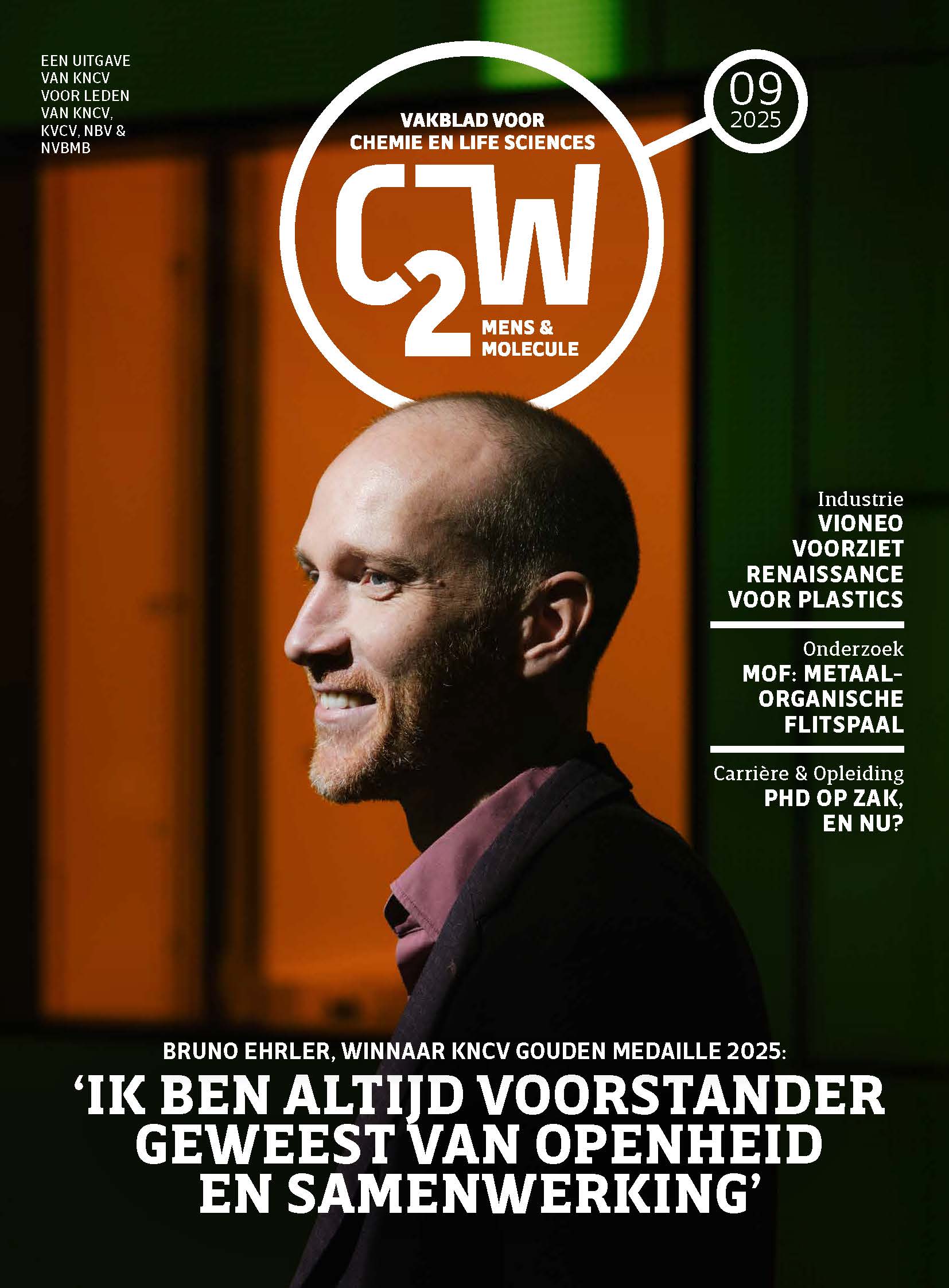Would you like to add an event to this list? Simply register your event using this form.
Improving the stability of perovskite solar cells and modules by interface and grain boundary passivation

Category
Ph D Defense
Date
2023-02-01 14:00
Venue
ONLINE verdediging
Promovendus/a: Xin Zhang
Promotor(en): Prof. dr. ir. Jozef Poortmans, Prof. Yiqiang Zhan
Thanks to the excellent optoelectronic properties of perovskite, including direct band gap, high absorption coefficient, long carrier lifetime, tunable band gaps, etc., we have witnessed a rapid development of perovskite solar cells (PSCs) over the last decade. Highly efficient PSCs are often obtained based on the n-i-p device configuration and the perovskite layers prepared by the anti-solvent method. However, the anti-solvent is often toxic and this method is not compatible with device upscaling. Gas-quenching, as an alternative to anti-solvent, uses a non-toxic and inexpensive gas instead of a toxic antisolvent and has the merits of easy control, highly reproducible, upscaling compatible, etc. Nevertheless, the performance of gas-quenched inverted p-i-n PSCs is still lagging behind that of state-of-the-art n-i-p PSCs. This dissertation therefore concentrates on understanding and improving the performance of gas-quenched p-i-n PSCs and perovskite modules.Optimizing the bulk quality and the interfacial properties of perovskite films is crucial for achieving high-efficiency PSCs. We stablish a baseline platform based on the optimization of perovskite composition and the selection of hole transport layers, with a PCE of about 19% achieved based on the Cs0.1FA0.9PbI2.7Br0.3 perovskite. An integrated strategy is further proposed to upgrade both the surface and bulk properties of the gas-quenched perovskite films. As a result, a significant PCE boost is obtained with an excellent PCE of 22.3%. Meanwhile, unstable operational behavior of sputtered NiOx-based Cs0.1FA0.9PbI2.855Br0.145 PSCs is improved by the top surface modification. Following that, we simultaneously optimize the two interfaces adjacent to the Cs0.1FA0.9PbI2.855Br0.145 perovskite. An in-depth understanding is obtained that the upper interface modification can effectively reduce the non-radiative recombination centers and facilitate the extraction of photogenerated electrons. While the buried interface modification is beneficial to the transport of photogenerated holes via a more matched energy level alignment. Consequently, small-area (0.13 cm2) highly efficient gas-quenched PSCs with a PCE of 24.3% and larger area (> 3.6 cm2) perovskite modules with a PCE of 22.6% are demonstrated.
All Dates
- 2023-02-01 14:00
Powered by iCagenda

